Notice
Methodological considerations in the study of sociophonetic variation in an underdocumented minority language: Somali Bantu Kizigua as a case study / Holman Tse
- document 1 document 2 document 3
- niveau 1 niveau 2 niveau 3
Descriptif
Methodological considerations in the study of sociophonetic variation in an underdocumented minority language: Somali Bantu Kizigua as a case study / Holman Tse, in colloque "Variation et variabilité dans les Sciences du langage : analyser, mesurer, contextualiser", organisé par le Comité d'organisation des Journées d'Études Toulousaines (JETOU), en collaboration avec les laboratoires CLESS-ERSS, Octogone, dont le laboratoire Jacques Lordat, et le Centre Pluridisciplinaire de Sémiotique Textuelle, Université Toulouse II-Le Mirail, 16-17 mai 2013.
*Prix Jétou 2013 pour la meilleure communication orale.
This paper presents an example of how research can be done on sociophonetic variation within a community of speakers of an underdocumented minority language. The paper begins with a discussion and critique of the Labovian sociolinguistic interview, which has formed the basis of a large body of work on variation. Current research on Somali Bantu Kizigua, a minority language from East Africa, is discussed. A modified Labovian sociolinguistic interview was implemented for collecting data on the language. Results from this study reveal evidence of a sound change in which a historically voiceless prenasalized velar stop, */nk/, becomes a voiceless glottal fricative, /h/, with uvular consonants as intermediate stages. This change appears to confirm speaker’s intuitions about age as a major factor in variation within the community. The paper concludes with a discussion of opportunities for increased collaboration between documentary linguists and sociolinguists.
Intervention / Responsable scientifique
Thème
Documentation
Bibliographie sélective
BESTEMAN C. (2012). Translating race across time and space: The creation of somali bantu ethnicity. Identities-Global Studies, in Culture and Power, 19, 285-302.
CHAFE W.L. (1980). The pear stories: cognitive, cultural, and linguistic aspects of narrative production Norwood, N.J: Ablex Pub. Corp.
CREVATIN F. (1993). Incontri con l’africa. Studi italiana di linguistica teorica ed aplicata, 22:1, 11-26.
DORIAN, N. (1978). The fate of morphological complexity in language death: Evidence from east sutherland gaelic. Language 54.3: 590-609.
ENO, O., ENO, M. (2007). The journey back to the ancestral homeland: the return of the somali bantu (wazigwa) to modern tanzania. In Kusow, Abdi & Stephanie R. Bjork (eds.), From mogadishu to dixon: the somali diaspora in a global context. Trenton, NJ: Red Sea Press.
ERBAUGH
M. (2001). The
chinese pear stories : Narratives across seven chinese dialects.
Website. http://www.pearstories.org
KENSTOWICZ M. (1988). Tone and accent in kizigua-a bantu Language. In Bertinetto P.M., Loporcaro M., Certamen phonologicum, 177-88. Turin: Rosenberg & Sellier.
KENSTOWICZ M., KISSEBERTH C. (1990). Chizigula tonology: the word and beyond. In Inkelas S., Zec D. (eds), The phonology-syntax connection, 163-194. Chicago, IL: University of Chicago Press.
KISBEY W.H. (1906). Zigula-English dictionary. Compiled for the universities’ mission to central africa. London: Society for Promoting Christian Knowledge.
KISSEBERTH C. (1992). Metrical structure in zigula tonology. In Gowlett D. (ed.), African linguistic contributions, 227-259. Pretoria: Via Afrika.
LABOV W. (1972). Sociolinguistic patterns. Philadelphia : University of Pennsylvania Press.
LABOV W. (1984). Field methods of the project in linguistic change and variation. In Baugh J., Sherzer J. (eds), Language in use: Readings in sociolinguistics, 28-53 Englewood Cliffs, NJ : Prentice-Hall.
LEWIS M. P. (2009). Ethnologue: Languages of the World. 16th Edtion. Dallas, TX : SIL International.
MEYERHOFF M., NAGY N. (2008). Social lives in language – Sociolinguistics and multilingual speech communities: Celebrating the work of Gillian Sankoff. Amsterdam : John Benjamins Publishing Company.
MOCHIWA Z.S.M. (2008) Kizigula: msamiati wa Kizigula-Kiswahili-Kiingereza = Zigula- Swahili-English lexicon, Dar-es-Salaam: Languages of Tanzania Project University of Dar-es-Salaam.
MUNRO P. (2008). Field linguistics. In Aronoff M., Rees-Miller J. (eds). The handbook of linguistics. John Wiley & Sons.
NAGY N. (2012). Sociolinguistics and phonology. In Bayley R., Lucas C., Cameron R. Oxford Handbook of Sociolinguistics. Oxford University Press.
ODDEN
D.
(2013). The Mushunguli –
Chizigua language of Somalia. Website http://www.ling.ohio-state.edu/~odden/mushunguli/
SCHMIDT A. (1985). Young people’s dyirbal: An example of language death from australia. Cambridge: Cambridge University Press.
STANFORD J., PRESTON D. (2009). Variation in indigenous minority languages. Amsterdam : John Benjamins Publishing Company.
TEMKIN
MARTINEZ
M.
(2011).
The
use of mobile devices for language documentation.
Mobile learning symposium. Boise State University.
Dans la même collection
-
Une nécessaire contextualisation : le cas d'une étude de la stratégie enseignante d'étayage en clas…
VallatCharlotteUne nécessaire contextualisation : le cas d'une étude de la stratégie enseignante d'étayage en classe de FLE, en milieu universitaire chinois / Charlotte Vallat, in colloque "Variation et variabilité
-
Menjazovut Nati. I love ma famille, tshovreba, et j'espère que c'est mutuel : variations langagière…
MathisNoëlleMenjazovu t Nati. I love ma famille, ts hovreba, et j'espère que c'est mutuel : variations langagières multiples au sein d'un atelier d'écriture plurielle / Noëlle Mathis, in colloque "Variation et
-
Cinéma et variabilité de l'expérience émotionnelle des apprenants de FLE / Claire Del Olmo
Del OlmoClaireCinéma et variabilité de l'expérience émotionnelle des apprenants de FLE / Claire Del Olmo, in colloque "Variation et variabilité dans les Sciences du langage : analyser, mesurer, contextualiser",
-
Comment traiter la variation dans la communication par SMS ? Le cas de l'interrogation totale / Ale…
GuryevAlexandreComment traiter la variation dans la communication par SMS ? Le cas de l'interrogation totale / Alexander Guryev, in colloque "Variation et variabilité dans les Sciences du langage : analyser, mesurer
-
Je sacherais pas te dire : erreurs et variations flexionnelles dans la structure des paradigmes ver…
EsherLouiseBachXavièrJe sacherais pas te dire : erreurs et variations flexionnelles dans la structure des paradigmes verbaux français / Xavier Bach, Louise Esher, in colloque "Variation et variabilité dans les Sciences du
-
Composés néoclassiques et registres de langue / Marine Lasserre
LasserreMarineComposés néoclassiques et registres de langue / Marine Lasserre, in colloque "Variation et variabilité dans les Sciences du langage : analyser, mesurer, contextualiser", organisé par le Comité d
-
La variation et les corpus : une entrée méthodologique, avec l'exemple du style / Françoise Gadet
GadetFrançoiseLa variation et les corpus : une entrée méthodologique, avec l'exemple du style / Françoise Gadet, in colloque "Variation et variabilité dans les Sciences du langage : analyser, mesurer,
-
L'alternance entre [β] et [w] dans les terminaisons de l'imparfait de l'indicatif en catalan dans l…
Bosch-RouraEvaL'alternance entre [β] et [w] dans les terminaisons de l'imparfait de l'indicatif en catalan dans la région de La Selva / Eva Bosh i Roura, in colloque "Variation et variabilité dans les Sciences du
-
Modélisation du référencement en langue des signes : analyse des variantes gestuelles / Monia Ben M…
Ben MloukaMoniaModélisation du référencement en langue des signes : analyse des variantes gestuelles / Monia Ben Mlouka, in colloque "Variation et variabilité dans les Sciences du langage : analyser, mesurer,

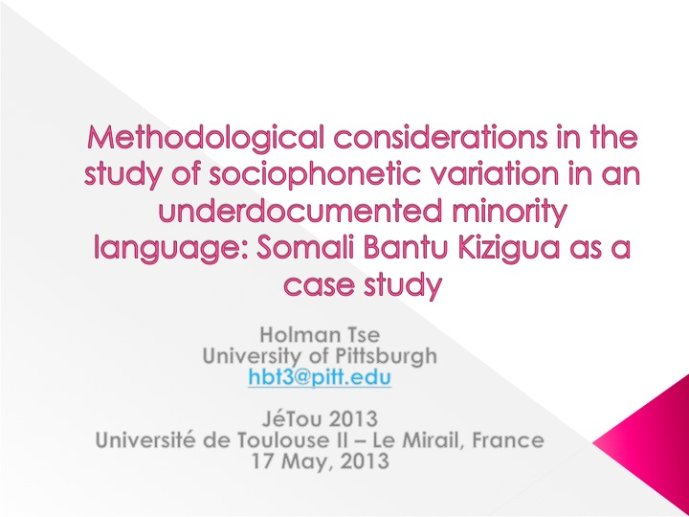
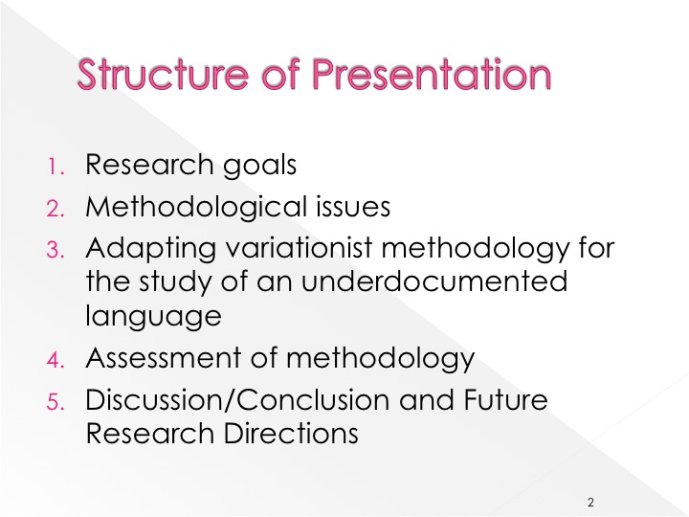
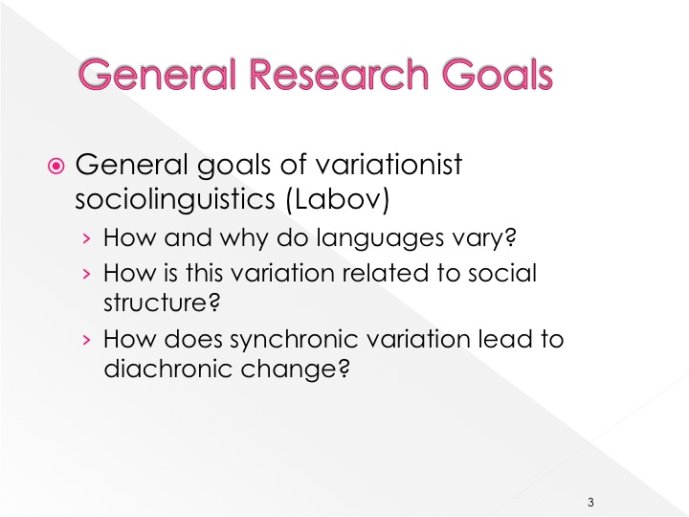
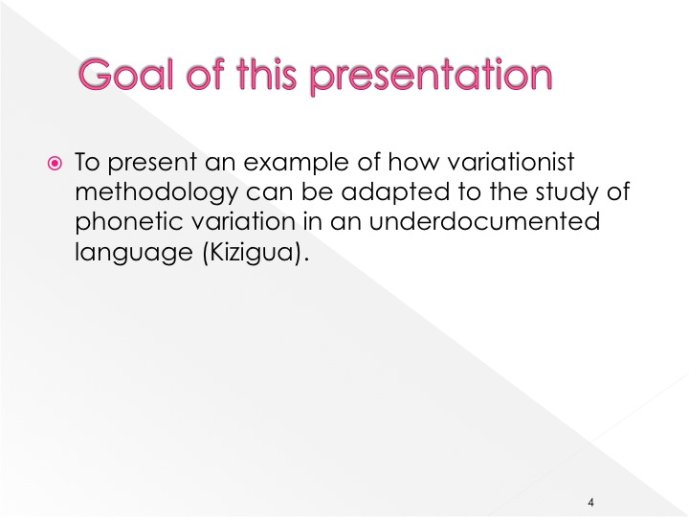
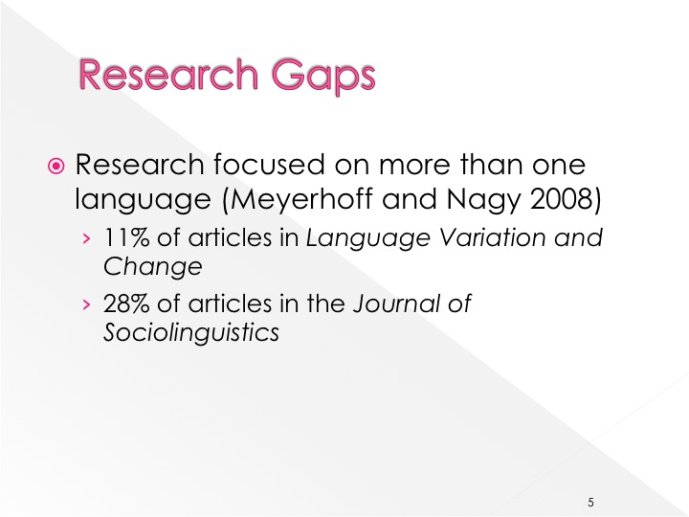
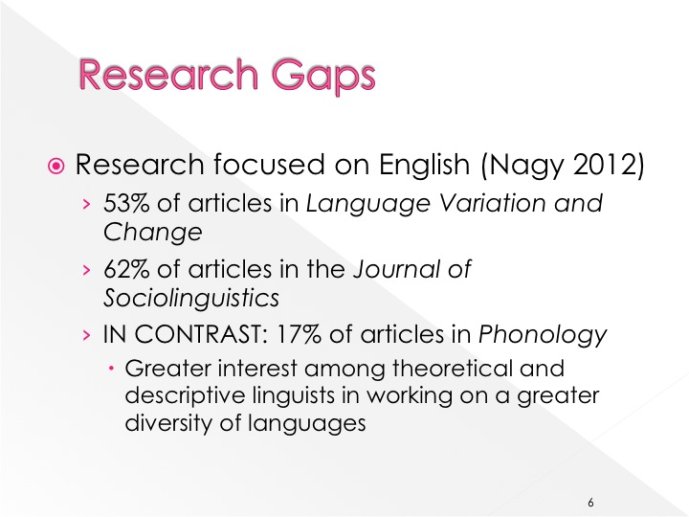
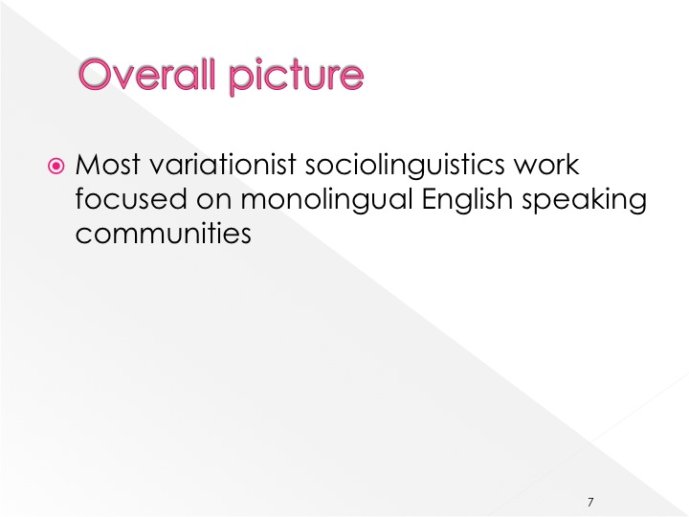
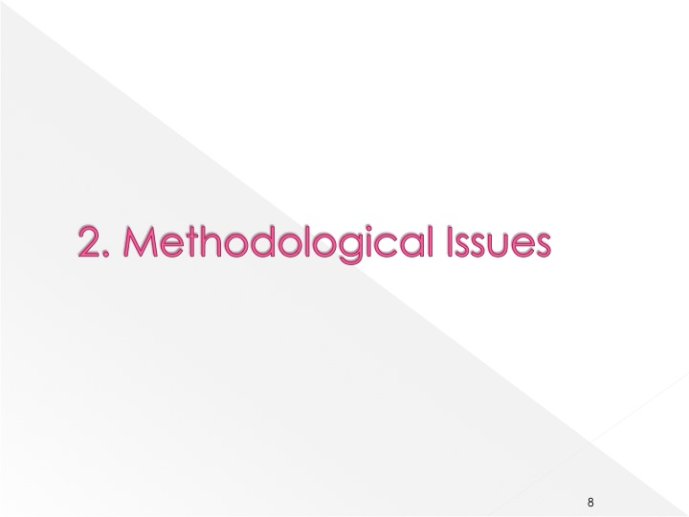
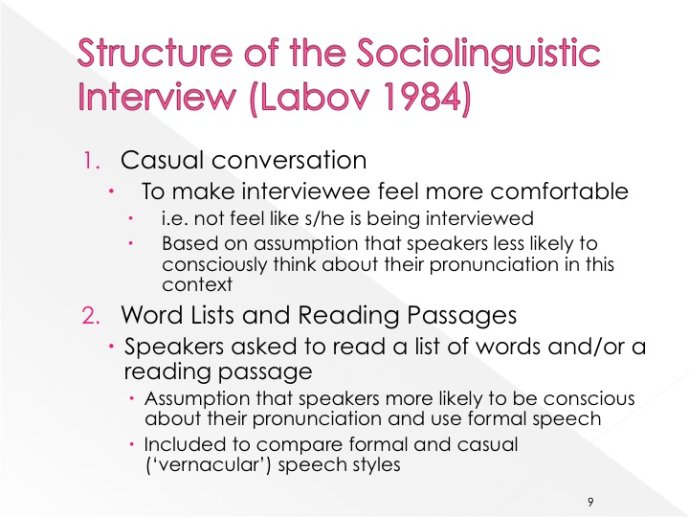
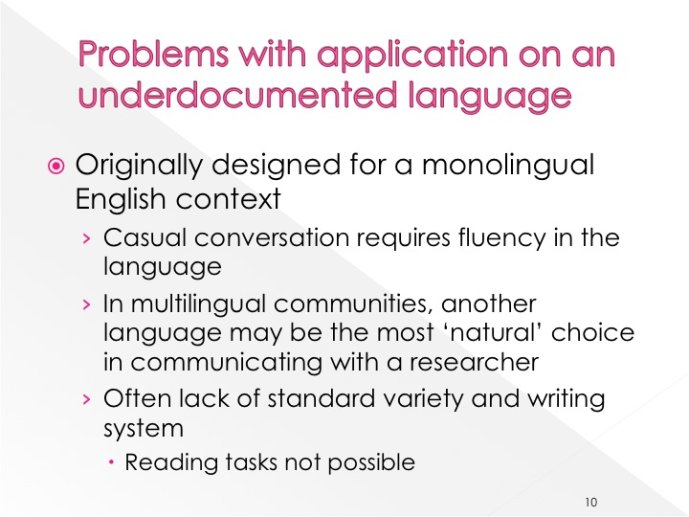
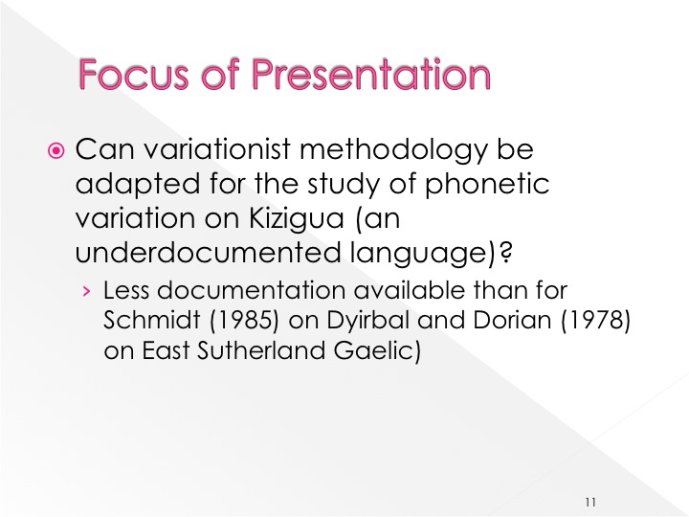

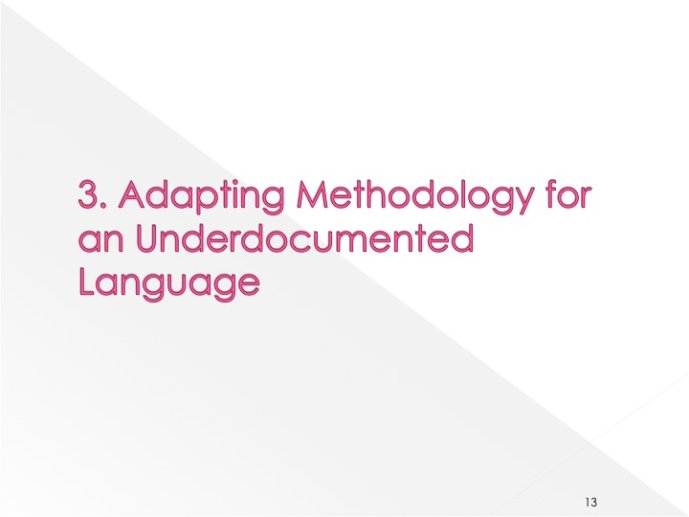
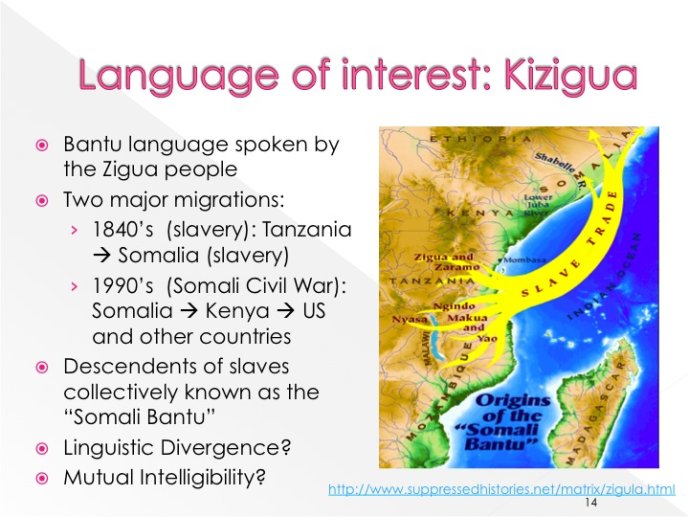
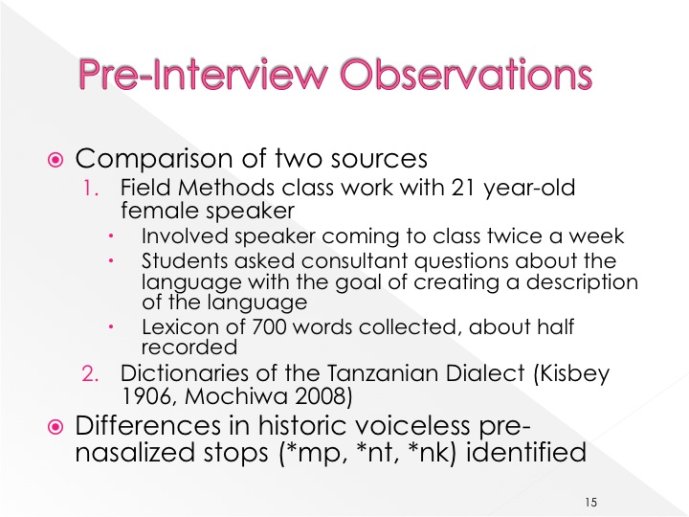
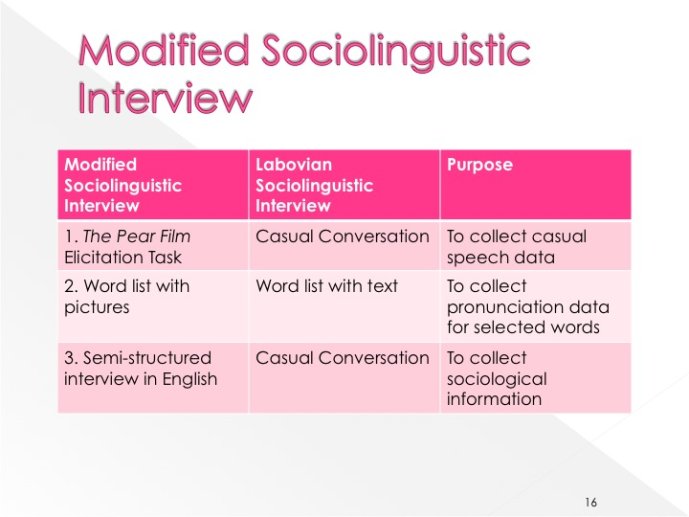
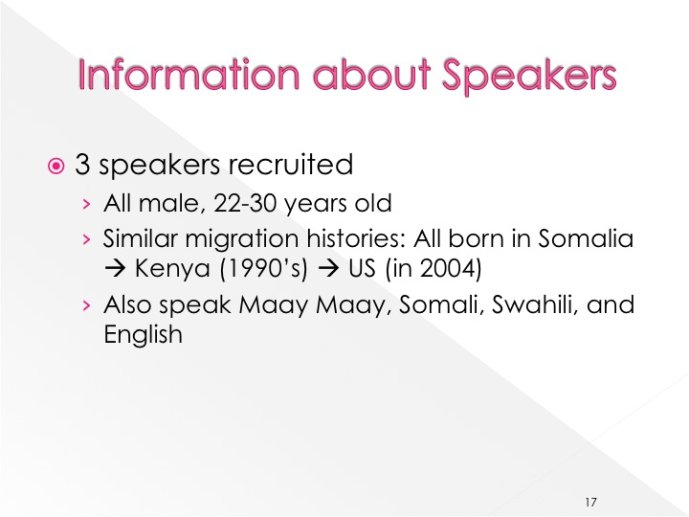
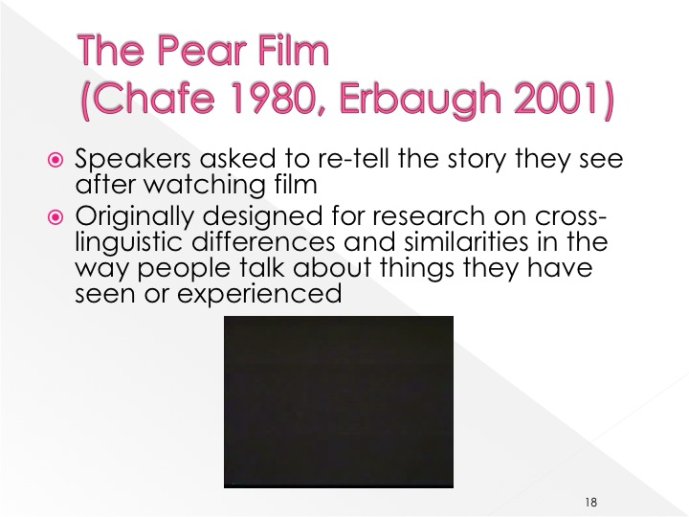
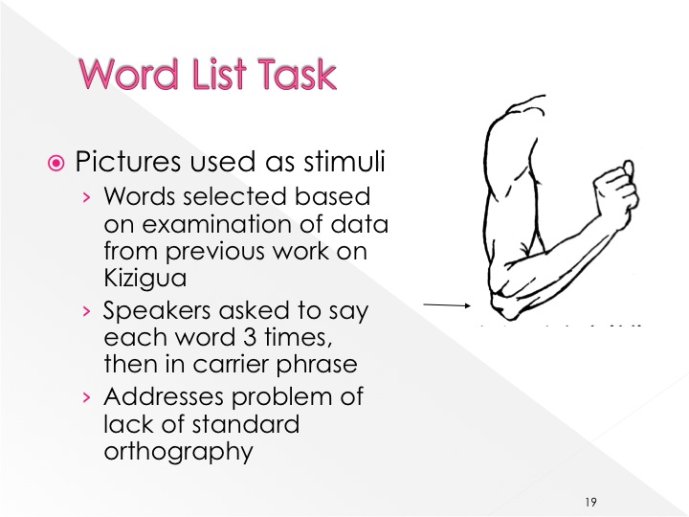
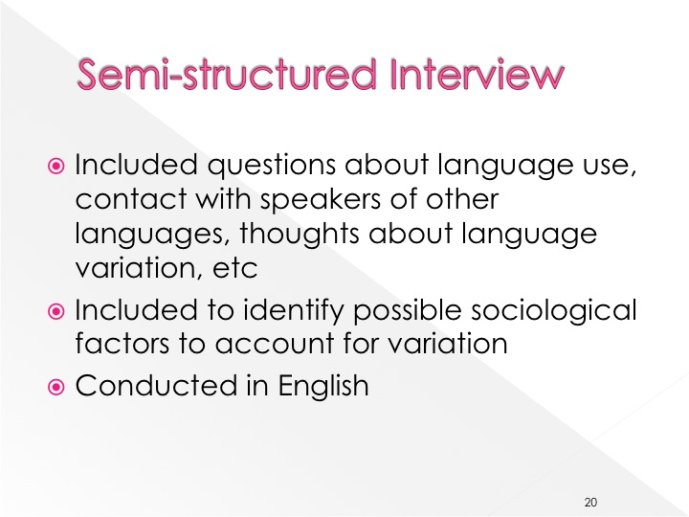
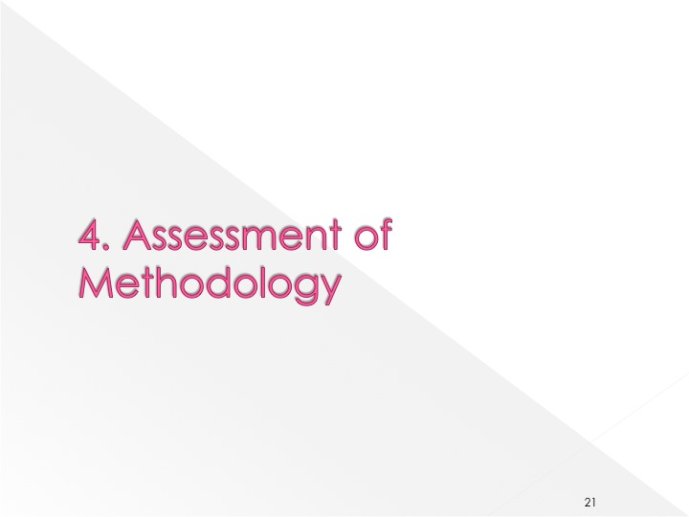
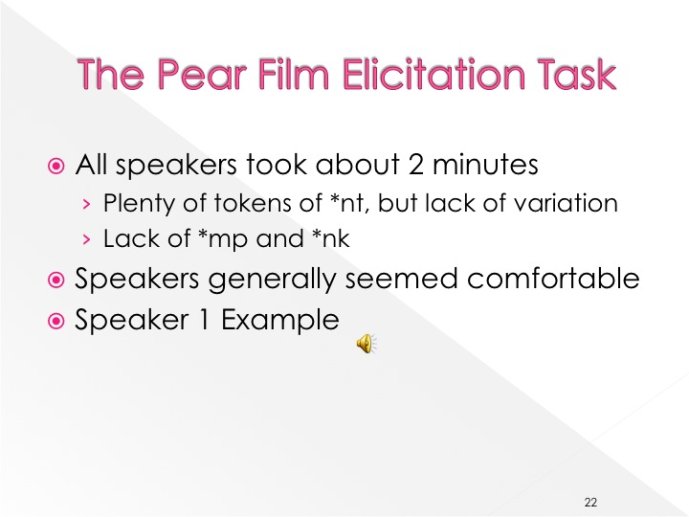
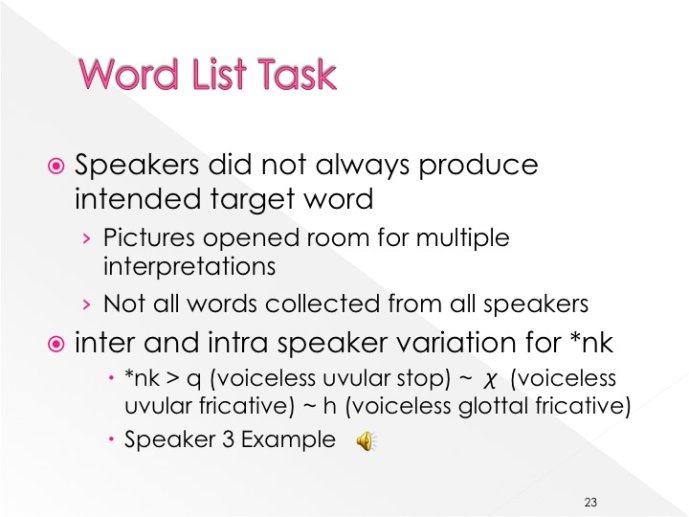
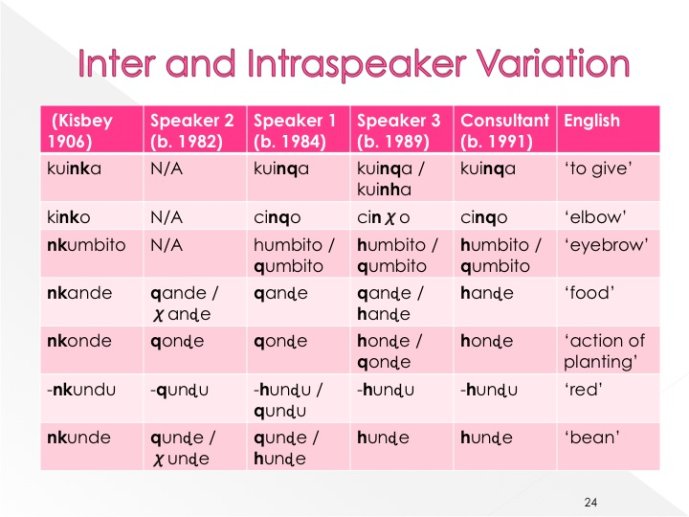
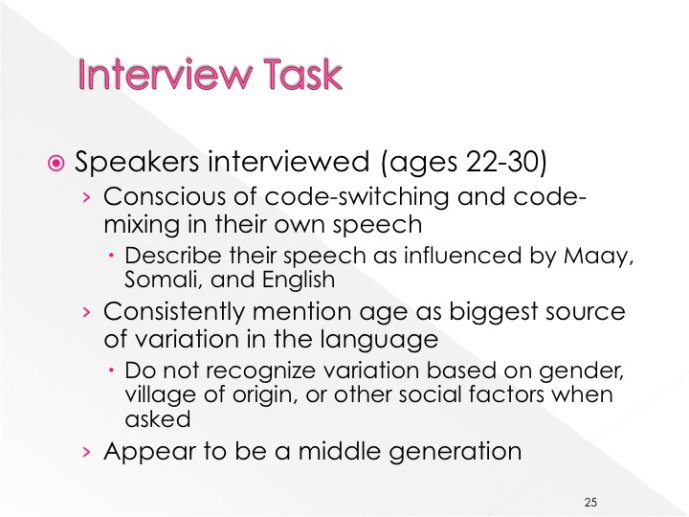
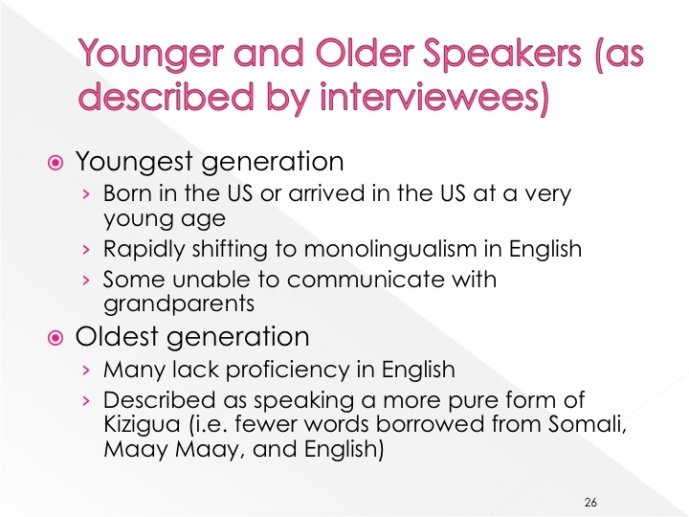

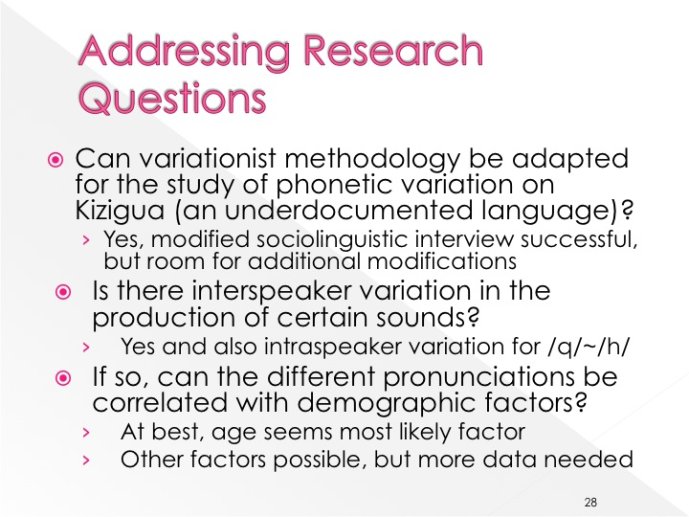
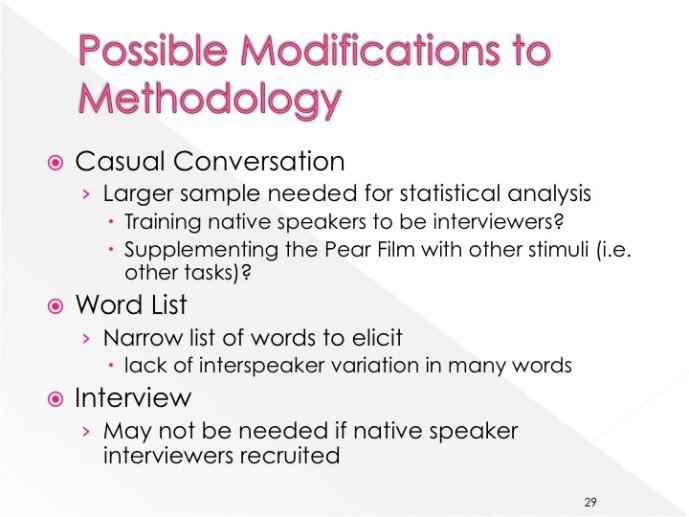
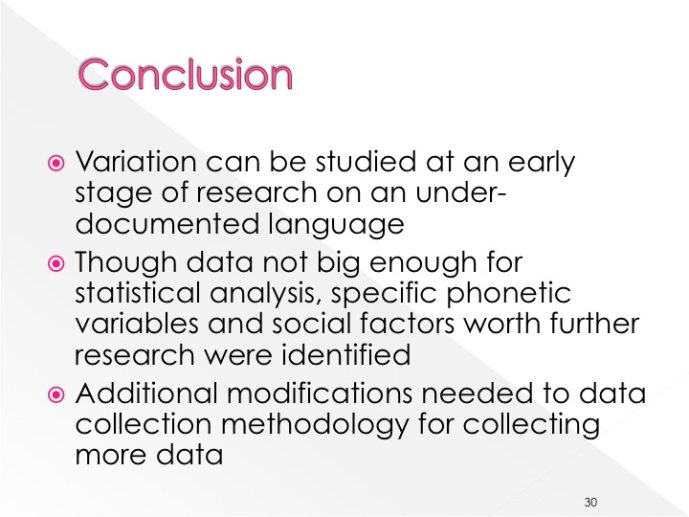
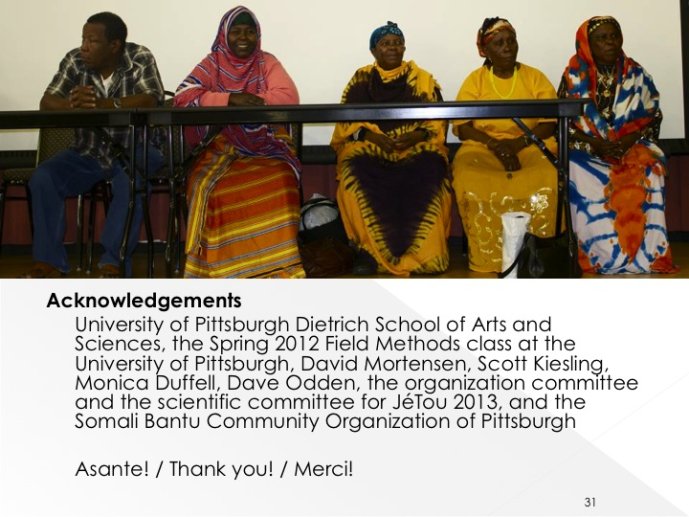
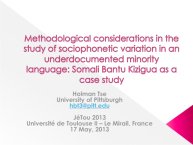
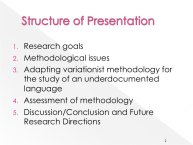

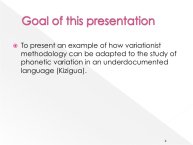
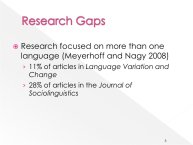
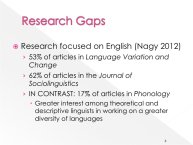
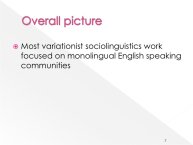
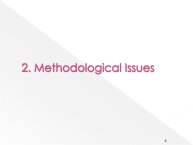
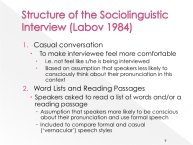
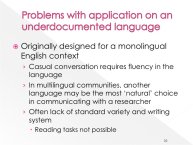
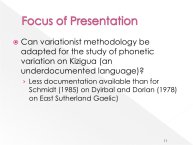
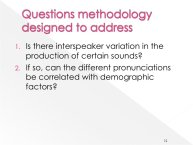
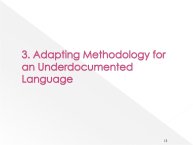
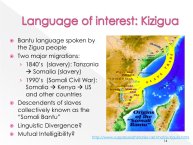
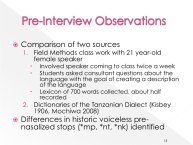
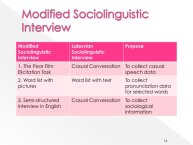
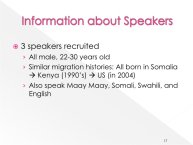
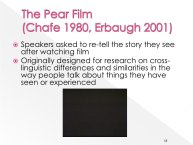
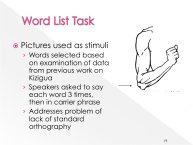
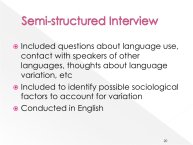
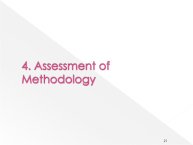
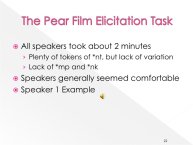
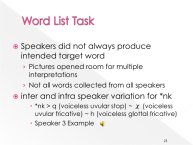
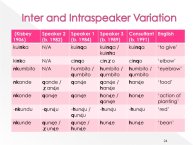
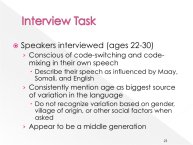
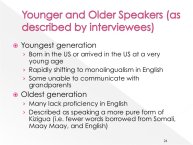

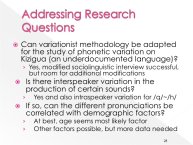
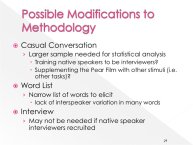
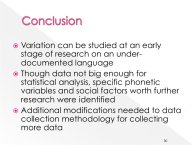
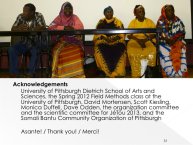

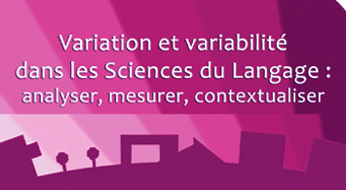

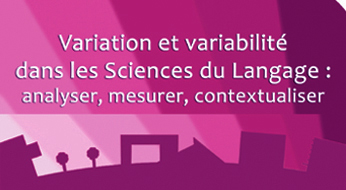




![L'alternance entre [β] et [w] dans les terminaisons de l'imparfait de l'indicatif en catalan dans la région de La Selva / Eva Bosh i Roura](https://vod.canal-u.tv/videos/media/images/utm/l.alternance.entre.et.w.dans.les.terminaisons.de.l.imparfait.de.l.indicatif.en.catalan.dans.la.r.gion.de.la.selva.eva.bosh.i.roura_13856/vignette.jetou.canalu3.jpg)
